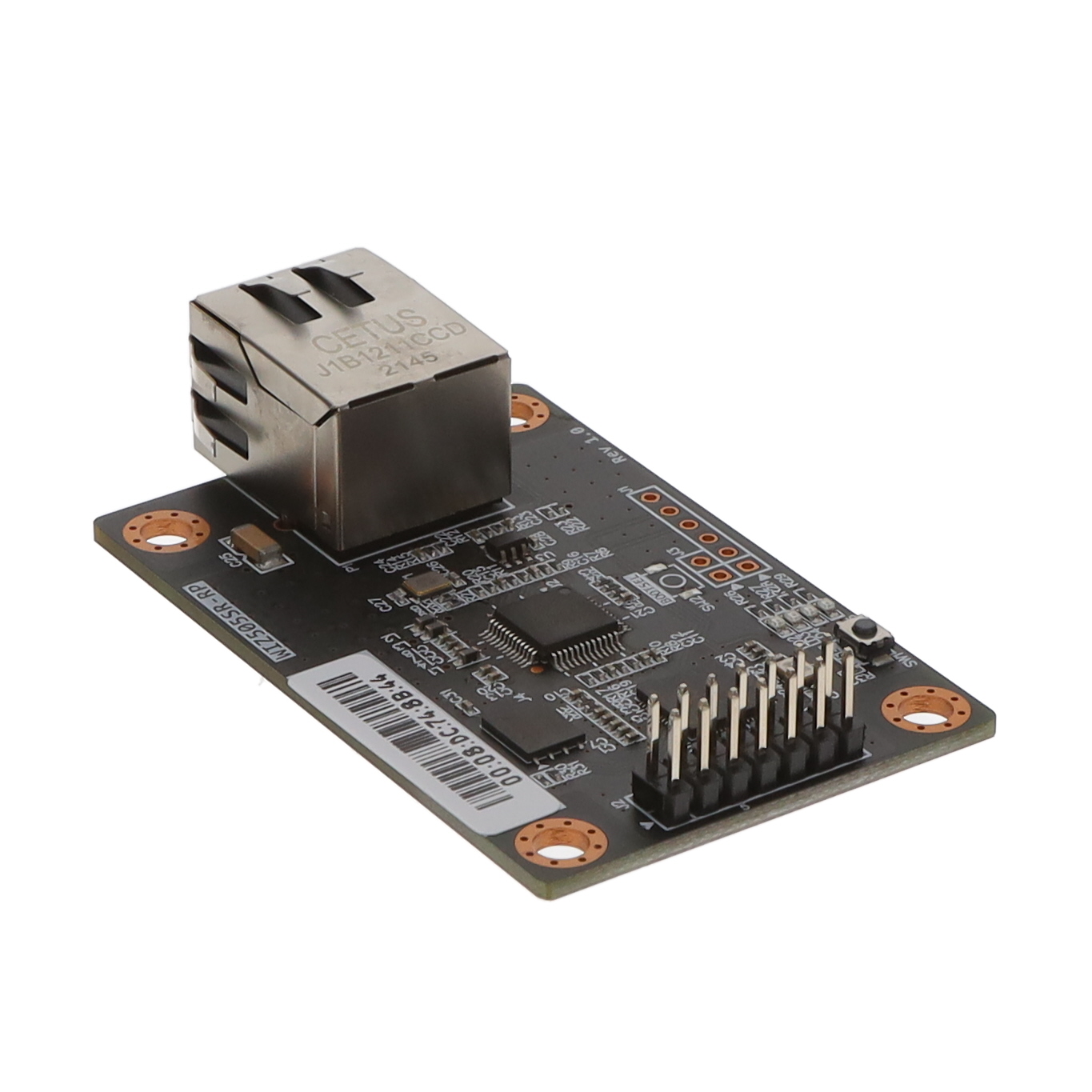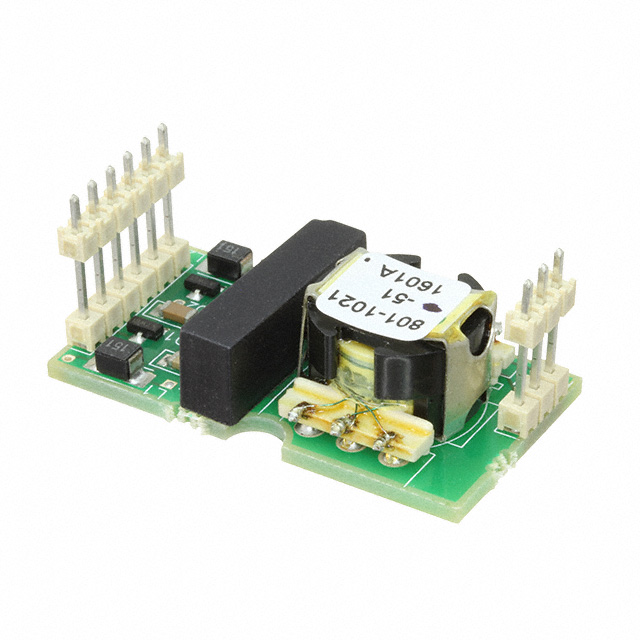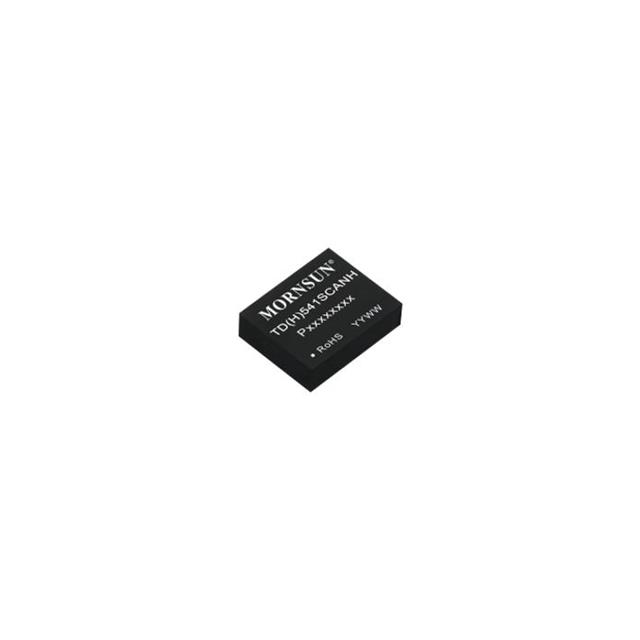

What LM2904 IC is & How it Works
Catalog
What is the LM2904 IC?LM2904 IC Pin ConfigurationFeatures of LM2904 ICSpecifications of LM2904 ICWhere to use the LM2904 IC?LM2904 IC CircuitPackages & Dimensions of LM2904 ICApplications of LM2904 ICLM2904 ManufacturerFrequently Asked QuestionsThe LM2904 series amplifier IC includes independent, high-gain op-amps with super low input offset voltage. It runs on a single power supply with a wide voltage range, but you can also use split power supplies if needed. These ICs are low-power, and they come in two packages: SO-8 (with dual devices) and SO-14 (with quad devices). This article gives a quick overview of the LM2904 IC.
What is the LM2904 IC?
The LM2904 is a high-gain amplifier with two independent, internally frequency-compensated amps. It works with a single power supply across a wide range of voltages. Some alternatives to this IC include MCP602, LM358, NE5532, RC4558, OPA2134, OPA2228, and OPA2604.

lm2904 ic
LM2904 IC Pin Configuration
Here’s a simple pin diagram of the LM2904 IC, along with what each pin does:

LM2904 IC Pin Configuration
Pin 1 (OUTPUT A)
This is the output for op-amp A, where the amplified signal comes out. It’s usually connected to other parts of the circuit for further processing.
Pin 2 (INPUT A-)
This is the inverting input for op-amp A, which means the signal here is 180 degrees out of phase compared to Pin 3. It’s often used for phase-shifting and signal cancellation in more complex circuits.
Pin 3 (INPUT A+)
This is the non-inverting input for op-amp A, where the input signal comes in to be amplified. The signal’s phase stays the same, making it great for high-fidelity applications.
Pin 4 (GND)
This is the ground or negative supply pin. It’s a reference point for the IC’s internal workings and helps cut down on noise, making everything run smoother.
Pin 5 (INPUT B+)
Just like Pin 3, this is the non-inverting input for op-amp B. It keeps the signal’s phase the same, so it’s good for circuits that need accurate signal reproduction.
Pin 6 (INPUT B-)
This is the inverting input for op-amp B, useful for phase inversion and handling differential signals. Getting this pin right is key for more advanced circuit designs.
Pin 7 (OUTPUT B)
This is where the amplified signal from op-amp B comes out. Proper connections here ensure smooth signal flow to other parts of the circuit.
Pin 8 (VCC)
This is for the positive supply voltage, powering the IC. Keeping this voltage stable is important to prevent performance issues.
Understanding the LM2904’s pin layout helps you design and build better analog circuits. When you wire everything correctly, you get the most out of the IC in different applications.
Features of LM2904 IC
Here are some of the key features of the LM2904 IC:
- Works with a wide range of voltage supplies
- Low input bias current
- Internal frequency compensation
- Low input offset voltage and current
- Differential input voltage range matches the power supply voltage
- Common-mode input voltage can go down to ground
- Output is short-circuit protected
- Internal compensation
- Common-mode range includes negative supply
- Can operate on single or split supplies
- Available in lead-free packages
Specifications of LM2904 IC
Here are the main specs for the LM2904 IC:
- High DC voltage gain: 100 dB
- Voltage supply range: 3V to 26V
- Power Supply Rejection Ratio (PSRR): 50 dB
- Operates on a 250 uA current supply
- Input offset voltage (Vos): 7 mV
- Output current per channel: 30 mA
- Wide bandwidth: 1 MHz
- Input bias current (Ib): 250 nA
- Common Mode Rejection Ratio (CMRR): 70 dB
Where to use the LM2904 IC?
The LM2904 IC is often used as a dual package version of the LM741 IC, and both share similar electrical characteristics. Since the LM2904 doesn’t have latch-up issues, it’s ideal for voltage follower applications. Plus, it has built-in short circuit protection and internal frequency compensation, which means you don’t need many extra components to use it in different circuits. That’s why you’ll often see LM2904 ICs in things like guitar amplifiers and DVD players.
These ICs draw very little current, making them a top pick for anyone needing an IC with such low-power requirements.
LM2904 IC Circuit
Here’s a basic circuit diagram for the LM2904 IC. It uses two separate, high-gain op-amps with internal frequency compensation. These ICs are particularly useful in industrial control systems and automotive applications. The circuit runs on a single power supply and can handle a wide range of voltages.

LM2904 IC Circuit Diagram
The LM2904 IC is mainly used in systems that run on a single power supply, making it easy to integrate. For example, these amplifiers can be powered directly by the typical 5V used in logic systems. They don’t require an additional power supply to provide necessary electronic interfaces. In linear mode, the input voltage range includes the ground, and the output can also go down to ground when running on a single supply.
Packages & Dimensions of LM2904 IC
The LM2904 IC comes in different package types, each with its own size and benefits, depending on what you're building. Picking the right one can really impact your circuit’s design and how easily the IC fits into your device.
SOIC (8)
This Small Outline Integrated Circuit package is 4.9 x 3.91 mm. It’s a great choice for surface-mount tech because it’s easy to solder and works well with other parts. It strikes a nice balance between saving space and maintaining good performance, making it popular in everything from consumer electronics to car systems. It's reliable and efficient, which is why people use it for both prototypes and large-scale production.
PDIP (8)
The Plastic Dual In-Line Package is bigger, measuring 9.81 x 6.35 mm. It’s made for through-hole mounting, which gives it a stronger mechanical connection, making it perfect for projects that need more physical support. Its larger size is easier to handle and install, which is why it’s often used in schools or when you're just starting out with a design. It’s great when space isn’t a big deal, and you want to focus on easy debugging, assembly, and testing.
DSBGA (8)
The Dual Stack Bump Grid Array is the smallest option, at just 1.31 x 1.31 mm. It’s made for tiny devices, like wearables or advanced mobile gadgets, where every bit of space counts.
Applications of LM2904 IC
Some common applications of the LM2904 IC include:
- Comparators
- Transducer Amplifiers
- LED Driver
- Operational Amplifier Circuits
- Fixed Current Source
- Integrator
- Power Amplifier
- Differentiator
- High Compliance Current Sink
- Adder
- Difference Amplifier
- Voltage Follower
- Digital Multimeters
- Oscilloscopes
- Walkie-Talkies
- Battery Management Solutions
- Summing Amplifiers
- Multivibrators
- Oscillators
- DC Gain Block
So, that’s a general overview of the LM2904 IC, including its pin configuration, features, specs, packages, and applications. These ICs are commonly found in embedded systems, precision power supplies, industrial control systems, active filters, DC gain blocks, transducer amplifiers, and more. Now a quick question for you: What are the key ratings of the LM2904 IC?
LM2904 Manufacturer
ON Semiconductor is a major supplier of semiconductors. It was a Fortune 500 company, ranking 512 in the Fortune 1000 in 2020. Their products include everything from power and signal management to custom devices for industries like automotive, communications, consumer electronics, LED lighting, medical, military, and aerospace. They’ve got manufacturing facilities, sales offices, and design centers all over North America, Europe, and the Asia Pacific. The company’s HQ is in Phoenix, Arizona, and in 2016, their revenue was about $3.9 billion, making them one of the top 20 semiconductor companies globally.
Frequently Asked Questions
What’s the operating voltage range for LM2904?
The operating voltage range is:
- Single supply: 3V to 30V DC
- Dual supply: ±1.5V to ±15V DC
What is LM2904 typically used for?
LM2904 is a low-power dual operational amplifier, mainly used in op-amp circuits, especially in single-supply configurations.
What are some alternatives to LM2904?
You can replace the LM2904 with other low-power dual op-amps like LM158, LM258, LM358, LM17358, and others.
Is LMT2904 the same as LM2904?
Yes, they’re both dual op-amps with nearly identical specs. The difference is in the model prefix, which depends on the manufacturer.
Can LM358 and LM2904 be used as voltage followers?
Yes, but the accuracy isn’t super high.
Subscribe to JMBom Electronics !













